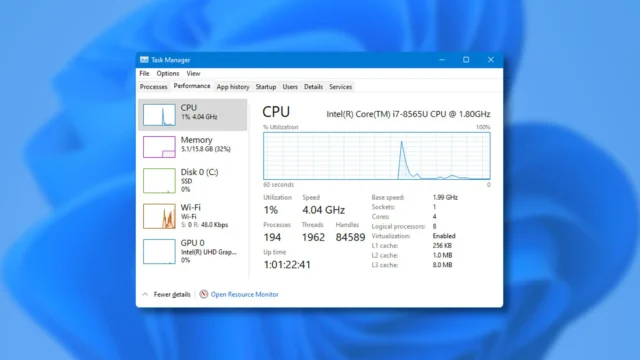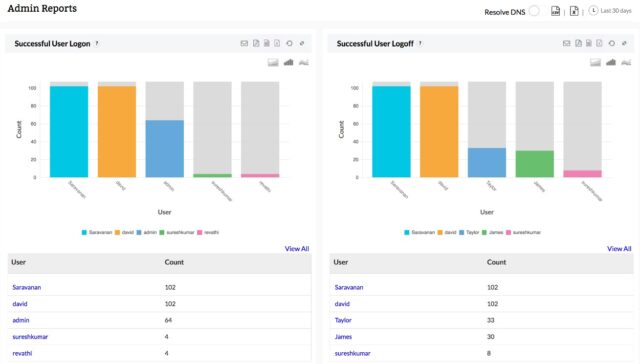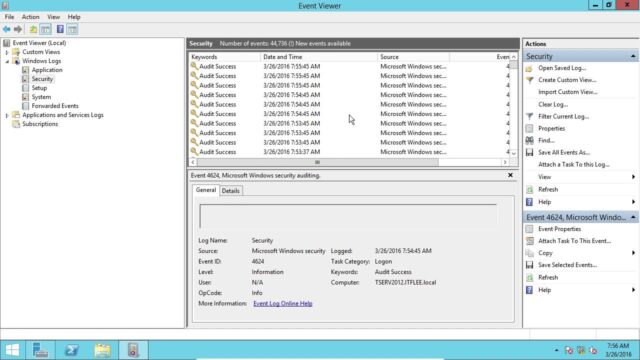
Today’s computer security landscape has become more complicated. From malware to phishing attacks, hackers are constantly looking for new ways to steal data or infect PCs and Macs. Systems used to record user activities on a computer have been around since the early 1980s. Each system was built to meet the specific needs of its owner. Today these systems still exist and are being constantly improved upon. These sorts of systems were developed over time to make their use easier and more convenient.
There are lots of programs out there designed to track user activities on computers and smartphones, a great example of such a program is spytector. Some examples include web browser extensions and apps that secretly monitor browsing history, social media accounts, and other personal information, as well as free software tools. These programs are used by both consumers and businesses alike to gather data, analyze trends, and improve marketing strategies.
However, not all programs are created equal. In fact, some can be downright dangerous if you aren’t careful. Here’s how to tell the good from the bad when it comes to tracking your online behavior.
The first thing to look at is whether the program is legitimate or not. If you’re downloading an app from a third-party website, make sure that the developer isn’t trying to scam you.

Next, consider what kind of data the program collects. Is it just basic browsing history? Or does it collect everything you do on your device? Does it keep logs of every keystroke you type? Are they storing this information locally in order to sell it to advertisers? You should also check to see if the program offers any sort of privacy policy. This will let you know exactly what information the company collects and how it uses it. Finally, read reviews about the program before installing it. There are plenty of websites where users post their experiences with different programs. Read through them carefully to get a sense of what others have experienced.
If you want to use a program like this, it’s important to understand the risks involved. It may seem harmless enough, but many people don’t realize that even seemingly innocent programs could actually be spying on them. For example, if you download a program that tracks your internet usage, it might be recording your search terms, which could then be sold to advertisers. That means that someone else could potentially learn things about you that you didn’t intend to share.
1. Windows Activity Monitor
Windows Activity Monitor (WAM) is a free utility provided with Microsoft Windows operating system that shows detailed information about running programs and system events. WAM displays various performance statistics including CPU usage, RAM use, disk space, and hard drive access time. You can view the list of currently installed software items and their status.
2. Task Manager

Task Manager is a built-in tool of Windows XP, Vista, 7, 8, and 10. With the help of this app, you can monitor, control, and terminate any program, service, or application running on your computer at any given point in time. Task Manager gives you access to information about memory usage, CPU time, network connections, disk space, running processes, and much more. Using this tool, you can identify applications that consume large amounts of resources. If you notice that a program’s resource consumption exceeds normal benchmarks, then you should consider uninstalling it.
3. Registry Editor
Registry Editor stores information about installed computer components and services. Most problems related to installing and updating devices occur when registry entries do not match properly. To fix issues with the registry, review the values contained therein until you find the culprit. Once you have identified the issue, you can restore proper settings via Registry Editor.
There are quite a number of software packages available today that aim at monitoring user behavior, providing analytics over their activity patterns, and offering recommendations accordingly. However, these tools often lack functionality or require significant investment and maintenance effort. To gain insights into the usage pattern of visitors, websites track actions such as page views and mouse clicks. This information helps them identify new features, improve existing ones, and design marketing strategies. For example, Google Analytics provides free access to data concerning the location and frequency of visits. Other similar services also exist, such as those provided by Facebook and Amazon.
4. User Activity Tracking Software

So you want to monitor user activities? There are several options available to choose from, depending on your budget and requirements. Find out some of the best user activity tracking solutions below. Tracking user behavior gives companies insights into their customers’ needs and preferences. They can then provide better services and improve products through data analytics. In other words, user tracking lets businesses collect information about consumers and gain valuable insight into consumer patterns and trends.
5. Analytics Software
Analytics software is a computer application that tracks user activities, including where they came from, how long they were active, and what content they viewed. There are many different analytics applications out there. You have social networks, search engines, video websites, mobile apps, email services, etc. All these platforms collect information about their users’ online behavior. In exchange for sharing personal data, these companies give you access to certain features, such as personalized recommendations and targeted advertising. By analyzing the data collected, businesses can target relevant ads at specific demographics, leading to increased profits.
6. Event Viewer

Event Viewer is a system monitoring tool included with the Microsoft Windows operating system since Windows 2000. An event viewer stores logs related to startup, shutdown, file creation, and other events. Most frequently, these occur after a crash, power outage, or malfunctioning hardware. Using the event viewer, you can search the logs for errors, warnings, and notices that might indicate problems with your system.
Monitoring user activity is an important part of any business. It allows companies to gather useful information about their customers and use that knowledge to make informed decisions. The most effective way to achieve this goal is to install user activity-tracking software in your company. We hope that our article has helped you understand the importance of tracking and recording user activity on a PC and how to do it by using different processes and systems.







